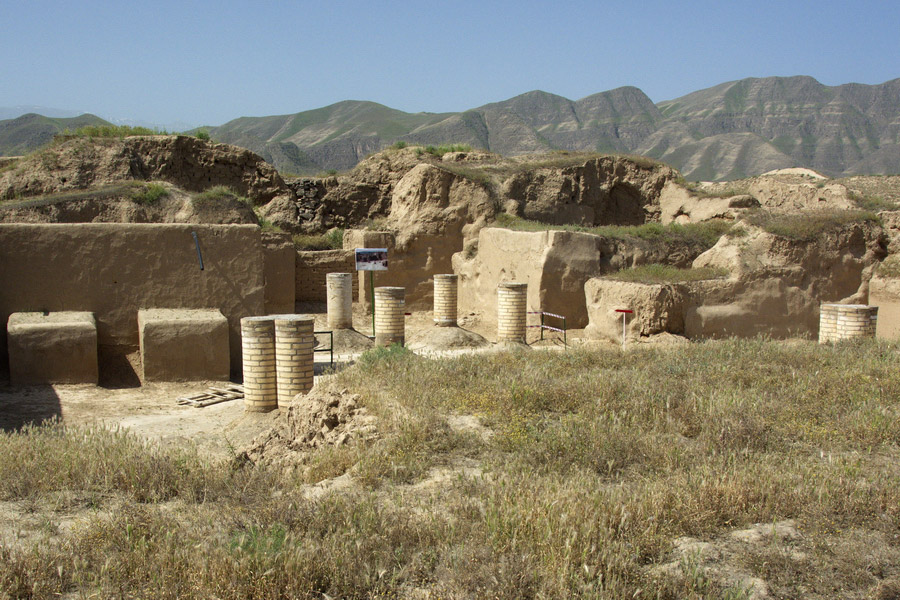The capital of the ancient Parthian state – Nisa

Nisa Castle is one of the most important historical monuments of Turkmenistan. 18 km from the city of Ashgabat, at the foot of Bagyr village, there is a unique monument of ancient times. There are remains of the ancient city of Nisa, the capital of the famous Parthian kingdom that flourished between the 3rd and 3rd centuries BC.
Nisa city. It is the capital of the ancient Parthian state, founded in the 4th century after the collapse of the Achaemenid Empire due to the conquest of Alexander the Great. The emergence of such famous ancient states as Khorezm and Bactria also belongs to that period. But Parthia, which stretched from the north-west of India to the coast of the Mediterranean Sea, was considered the most powerful state among them. In the 1st century BC, Parthia reached its peak of development and became a rival of the Roman Empire.
The word “Nusay” is found in the oldest Shinaha texts and the Book of Avesta. It tells about Nisa, which is considered to be the place where the Aryan tribes moved to the southwest, with green pastures, and where the Akhalteke horses, which were famous in the ancient East, were bred. There are two archaeological monuments in the historical complex – Old and New Nisa.
Old Nisa (the ancient city of Mitridarkert) is of particular interest to tourists. Buildings of palaces and temples were concentrated in Old Nisa. There was also a treasury, a large wine cellar, and many storehouses. The thickness of the base of the walls of the fortress is 8-9 meters, and they are reinforced with 43 rectangular pillars.
The newest find in Old Nisa is a unique piece of fresco, a true masterpiece of Parthian art.
New Nisa is an ancient city with residences of the local aristocracy surrounded by several hectares of flower gardens. Unlike Old Nisa, life here continued for many centuries after the fall of the Arshakids.
But for more than two centuries, the city, destroyed by the Sassanids, was empty. It was restored in the second half of the 5th century by the Sassanid king Firuz, who realized the favorable location of Nisa. In 651, Nisa entered the Arab Caliphate. In 1220, Nisa, like other large cities of Central Asia, suffered a general disaster – capture and destruction by the Mongols.
Today, examples of Parthian wall art and architectural decorations are kept in the Museum of Fine Arts named after Saparmurat Turkmenbashi. Rhytons, marble statues, precious finds from the tombs of kings were exhibited in the halls of the National Museum of Turkmenistan.
In 2007, Nisa was included in the UNESCO World Heritage List.

